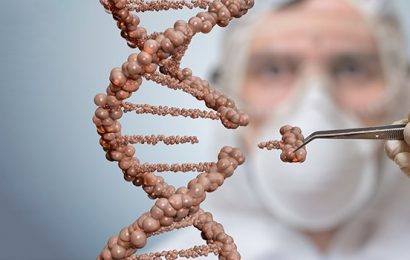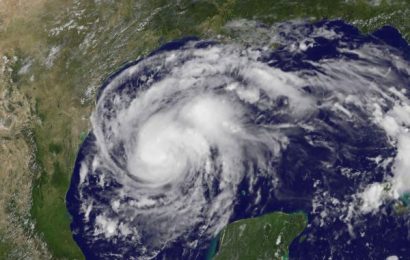International Mother Language Day is a worldwide observance held annually on February 21st to promote linguistic and cultural diversity, as well as multilingualism. The day was established by the United Nations Educational, Scientific and Cultural Organisation (UNESCO) in 1999 to recognise the importance of mother tongue in the development of individual identity, as well as the promotion of peace and sustainable development.
This year’s theme was “Multilingual education – a necessity to transform education”, UNESCO calling “for countries to support mother-language education and pursue a policy of multilingual education.” Mr David Atchoarena, Director of the UNESCO Institute for Lifelong Learning, said: “Offering education in the mother tongue is essential to transmitting and preserving traditional knowledge and culture. Children, youth and adults require learning opportunities that are relevant to their lives and needs. This also includes having access to an education in their own language. Evidence shows that such provision contributes to improving learning and developing confidence and self-esteem.”
As per statistics, Papua New Guinea, an island country in the southwestern Pacific Ocean, is the most multilingual country on Earth, with 840 active languages spoken every day. International Mother Language Day aims to promote the preservation and protection of all languages, particularly minority and indigenous languages, as well as their transmission to future generations. “At least 40 per cent of the more than 6,700 languages spoken around the world are threatened with extinction in the long term, as the number of speakers dwindle and children are taught in their society’s dominant language rather than the one they speak at home,” says UNESCO.
About 43% of the world’s population is bilingual and speak a second language. In Europe, the percentage of adults speaking more than one language is about 65%, while 13% of the global population is fluent in three languages, trilingual.
Source: unesco.org



